Bulk Pricing
4 Port USB 2.0 Over IP Network Device Sharing Hub w/ Screw-Locking Ports & Status LEDs
Industrial Grade | +7~24V DC Input | Surface Mountable | 480 Mbps
**Please Note: It has been noted that the network sharing software may cause Windows 10 & 11 systems to Blue Screen. If you experience this issue, please follow this short guide to remedy the situation. If the issue persists, reach out to us via our Technical Support Form or Support Email.**
- Network Device Sharing: USB devices connected to the 4-Port USB 2.0 Over IP Network Hub can be made available to remote clients over LAN. The USB 2.0 Over IP Network 4-Port Hub shares USB devices over the TCP/IP network.
- High Speeds: This USB hub is 2.0 compliant, ensuring fast 480Mbps data transfer speeds for devices shared over the network. It supports high speed and full speed which enables it to be compatible with USB 1.1.
- Superior Build Quality: Housed in a rugged steel chassis with built in mountable flanges, the 4-port hub is perfect for installations in offices, data centers, labs, warehouses, kiosks, and other applications.
- LED Indicators: Network, Port Status, USB Link, & Power
- LAN Port: 1 RJ45 Connector
- Upstream: 1 USB Port, Type B connector, Screw-lock Type
- Downstream: 4 USB ports, Type A connectors, Screw-lock Type
- Power Connector: 2-Pin Terminal Block, DC Barrel 2.1mm ID × 5.5mm OD
- Mounting Options: Wall & Surface
Quick Links:
Description
Please Note: It has been noted that the network sharing software may cause Windows 10 & 11 systems to Blue Screen. If you experience this issue, please follow this short guide to remedy the situation.
4 Port USB 2.0 Over IP Network Device Sharing Hub
Incorporate network device sharing in your next install with the 4-Port USB 2.0 Over IP Hub. Designed for seamless integration into modern infrastructures, this USB over IP hub allows remote access to USB devices over a TCP/IP network. Ideal for businesses managing distributed environments, this hub makes it easy to share USB devices with multiple clients across a LAN network. With support for screw-locking ports, secure data transmission, and real-time device management, this hub is perfect for demanding industrial and IoT applications where stability and reliability are paramount.
Key Features and Benefits
- USB Over IP Connectivity: Enables USB devices to be accessed over a LAN network, providing remote clients with easy, reliable device sharing.
- Secure Screw-Locking Ports: Equipped with screw-lock USB Type-A connectors to prevent accidental disconnections, ensuring uninterrupted operation.
- Versatile Network Sharing: Share multiple USB devices with various clients across your network, streamlining workflows and increasing efficiency.
- High-Speed USB 2.0 Support: Delivers robust USB 2.0 performance, ensuring compatibility with a wide range of devices and maintaining data integrity.
- IoT Ready: Ideal for IoT infrastructure, allowing remote management and connection of USB devices in distributed industrial settings.
- Metal Enclosure: Durable, industrial-grade metal housing ensures longevity, protecting against physical wear and electromagnetic interference in harsh environments.
- Flexible Power Options: Supports DC 7~24V input, accommodating a wide range of power sources for diverse installation environments.
- Gigabit Ethernet: Built-in Gigabit Ethernet port ensures high-speed data transfer, enabling fast and efficient device access and sharing across your network.
Package Contents:
- 4 port USB 2.0 Over IP Hub
- 12V 3A output power adapter and cord
- Software driver disc
- Paper installation guide
- 2 pin Phoenix connector
*Surface Mounting screws not included.
Alternate Model No.: NET-USB-4A
Use Cases
Use Cases:
Industrial Automation
- Remote Device Management: Share and manage USB-connected devices across multiple machines in a networked environment.
- Secure Data Transmission: Ensure reliable data transfer for critical operations in factory and industrial setups.
IoT Infrastructure
- Device Integration: Seamlessly integrate USB devices into IoT networks for centralized management and remote access.
- Scalable Connectivity: Expand IoT capabilities by connecting additional USB devices over IP, enhancing remote monitoring systems.
Data Centers & IT Management
- Efficient Resource Sharing: Manage and share multiple USB devices across a distributed network, streamlining IT operations.
- Centralized Control: Utilize the hub to access and control USB devices remotely, reducing the need for on-site presence in large data centers.
Quick Specs
Quick Specs:
- Provides 4 USB 2.0 Host Ports over Ethernet or IP
- Allows Working With Remote USB Devices as with local ones
- Multiple USB Devices Can Be Shared on Server
- Supports USB Devices Safe Removal function
- Auto Sharing of New USB Devices
- Works in USB Hub Mode or Ethernet Mode, USB
- Devices Can Be Switched to USB or Ethernet Host
- Metal Case and USB Screw Lock Mechanism enhances the Reliability
- IEEE 802.3 10/100/1000Mbps, Auto Cross-over Ethernet Port
- Compatible with Bulk, Interrupt and Isochronous Type USB Devices
- Supports High Speed/Full Speed USB2.0 Peripherals
- DC Jack for DC 7~24V Power Input
- User-Friendly Web and PC GUI Interface
Gigabit Ethernet Port:
- IEEE 802.3 compliant 10/100/1000Mbps Ethernet Port with full duplex operation
- Supports Auto-Cross Feature for Ethernet different Cables
USB Ports:
- Fully compatible with USB 1.0 and USB 1.1; Forward compatible with USB 2.0, the USB connector equips the Screw Lock Mechanism
- Supports 4 High Speed USB ports (USB 2.0)
- Supports Screw Lock Mechanism for USB Connectors
- Supports USB Bus Power
- Backward Compatible with USB1.1 Devices
- Compatible with bulk, interrupt and isochronous type USB devices
Mechanical:
- Dimensions: 5.98in(L) x 2.36in(W) x 1.03in(H) (15.20 x 6.01 x 2.63 cm)
- Hub Weight: .65 lbs.
OS Support:
- Windows 7, Windows Vista, Windows XP
Power Requirements:
- A wide range +7~24V DC power Input for internal network and USB bus power
Environmental:
- Operating Temp.: 0° to 55°C (32° to 131°F)
- Storage Temp: -20° to 85°C (-4° to 185°F)
- Operating Humidity: 5 to 95% RH
Specifications
Product Specifications
| Power |
| ||||||||||||||||
|---|---|---|---|---|---|---|---|---|---|---|---|---|---|---|---|---|---|
| Compliance |
| ||||||||||||||||
| Physical Characteristics |
| ||||||||||||||||
| What's in the Box |
| ||||||||||||||||
| Software |
| ||||||||||||||||
| Environmental |
| ||||||||||||||||
| Product Information |
| ||||||||||||||||
| Hardware |
| ||||||||||||||||
| Performance & Safety |
| ||||||||||||||||
| Network |
| ||||||||||||||||
| Other Data |
|
Reviews (2)
2 reviews for 4 Port USB 2.0 Over IP Network Device Sharing Hub w/ Screw-Locking Ports & Status LEDs
Add a review
Accessories & Replacement Parts
Accessories & Replacement Parts
Model# CG-2PPW
$3.98In stock
Model# SC-U2MAB
$11.19In stock
Model# SC-U3MAB
$13.95Out of stock
Support
Product Documentation & Drivers
Need drawings, CAD files, or other compliance documentation? Click HERE
Product F.A.Q.
Product F.A.Q.
View frequently asked product questions below. Still need help? Reach out!
-
My system Blue Screened. What can I do to fix this?
View AnswerIn rare cases, it has been noted that the network sharing software may cause Windows 10 & 11 systems to Blue Screen.
If you experience this issue, please follow this short guide to remedy the situation.
-
Can the hub be used without a power supply?
View AnswerIn some cases, yes. USB peripherals that only require low power (i.e. keyboards & mice) can be used without a power adapter. Power in this case is drawn from the host’s USB port.
When high-power USB peripherals are used, a power supply for the USB hub may be required. In other cases, the USB peripheral may require their own power adapters, in this case, a power supply for the hub may not be required. Without ample power though, the USB hub or connected peripherals may not operate correctly. It is recommended to use an included power supply when possible.
-
After waking up from sleep mode, my computer/host no longer recognizes my USB device.
View AnswerIf the USB device does not function properly after your computer or host has been in sleep mode, it is likely that Windows turned off the USB Root hub in order to save power.
To prevent this, follow the steps below (depending on your operating system).
Windows 10 / 8
- On your keyboard, press the Windows key + X and select Control Panel.
- Click Hardware and Sound, then click Power Options.
- Click Change plan settings for the plan you want to change.
- Click Change advanced power settings.
- Click the plus sign (+) next to “USB settings” and “USB selective suspend setting” to expand the options and change the setting to Disabled.
- Click OK to apply the setting.
Note: You may need to disconnect and re-connect your USB device after applying these settings.
Windows 7 / Vista
- Click the Start button and select Control Panel.
- Click Hardware and Sound, then click Power Options.
- Click Change plan settings for the plan you want to change.
- Click Change advanced power settings.
- Click the plus sign (+) next to “USB settings” and “USB selective suspend setting” to expand the options and change the setting to Disabled.
- Click OK to apply the setting.
Note: You may need to disconnect and re-connect your USB device after applying these settings.
Windows XP
- On your desktop, right-click the My Computer icon and select Properties.
- Click the Device Manager tab.
- Expand Universal Serial Bus controllers by clicking the arrow to the left of it.
- Right-click the first USB Root Hub device and select Properties.
- Click the Power Management tab.
- Clear the box next to Allow the computer to turn off this device to save power.
- Click OK to apply the setting.
- Repeat steps 4-7 for any remaining devices in the Universal Serial Bus Controllers section with “Root Hub” in the name.
Note: You may need to disconnect and re-connect your USB device after applying these settings.
-
The hub is properly hooked up, but is not functioning correctly. What can I do?
View AnswerTesting all setup components is the best place to begin troubleshooting. To determine the source of the issue, individually test your:
- USB Cable by using it in another setup, or trying another cable.
- Host USB Port by connecting another device or thumb drive.
- Connected Peripherals by connecting directly to the host.
Moving on to troubleshooting the hub itself. Attach a USB peripheral. The USB hub itself will not appear in hardware listings on your host’s system. USB devices connected however, will appear when connected. If the connected device is still not being found, try:
- Installing the required drivers for the USB peripheral.
- Install the most recent drivers for the USB controller and/or motherboard chipset.
USB hubs do not require drivers or software.
Troubleshooting the desired USB peripheral may be in order. If the peripheral is still not being recognized, attempt:
- Attaching external power to the peripheral, if required.
- Confirming if the peripheral functions on a standard USB port.
- Testing if basic USB peripherals work, such as keyboards or mice.
-
How can external power be connected to the industrial USB hub?
External power is supplied by connecting to the terminal block located on the hub. For when an external power adapter is required check out the Accessories & Replacement Parts section on this product page. To view all of our hub accessories and power supplies, visit the category here.
How to properly choose a power supply.To determine the power requirements, the equation to use is P = 5 * I * N, where:
P is the power wattage.
5 is the USB port voltage.
I is the current of the USB port in Amps (USB 2.0 is 0.5A, USB 3.0 is 0.9A.
N is the number of USB ports.
As an example using the equation, a 4 port hub would reflect a minimum wattage of 18 watts.
Knowing the minimum requirement, a proper power adapter can be chosen. In this case the voltage of a power supply should be within 7 to 24 or 7 to 40 Volts DC, depending on the specifications of the USB hub. Also, the power supply must convert AC to DC (no AC output).
Power supplies often come with a voltage (V) rating and an amperage (A) rating. To determine the current in amps, use I = P / V, where the following is true:
I is the current of the power supply.
P is the calculated power of the hub.
V is the chosen voltage of the power supply
Continuing the example, the 4 port hub requires 18 W and the power supply you choose is 12V, the current of the power supply would be I = 18/12, I = 1.5A.
Our full collection of power adapters can be found here.
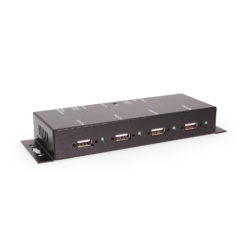


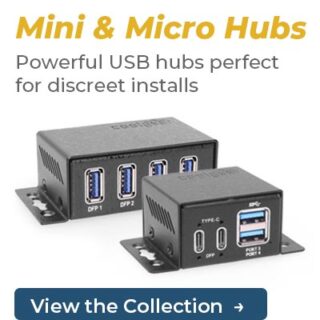





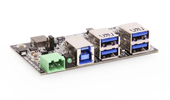












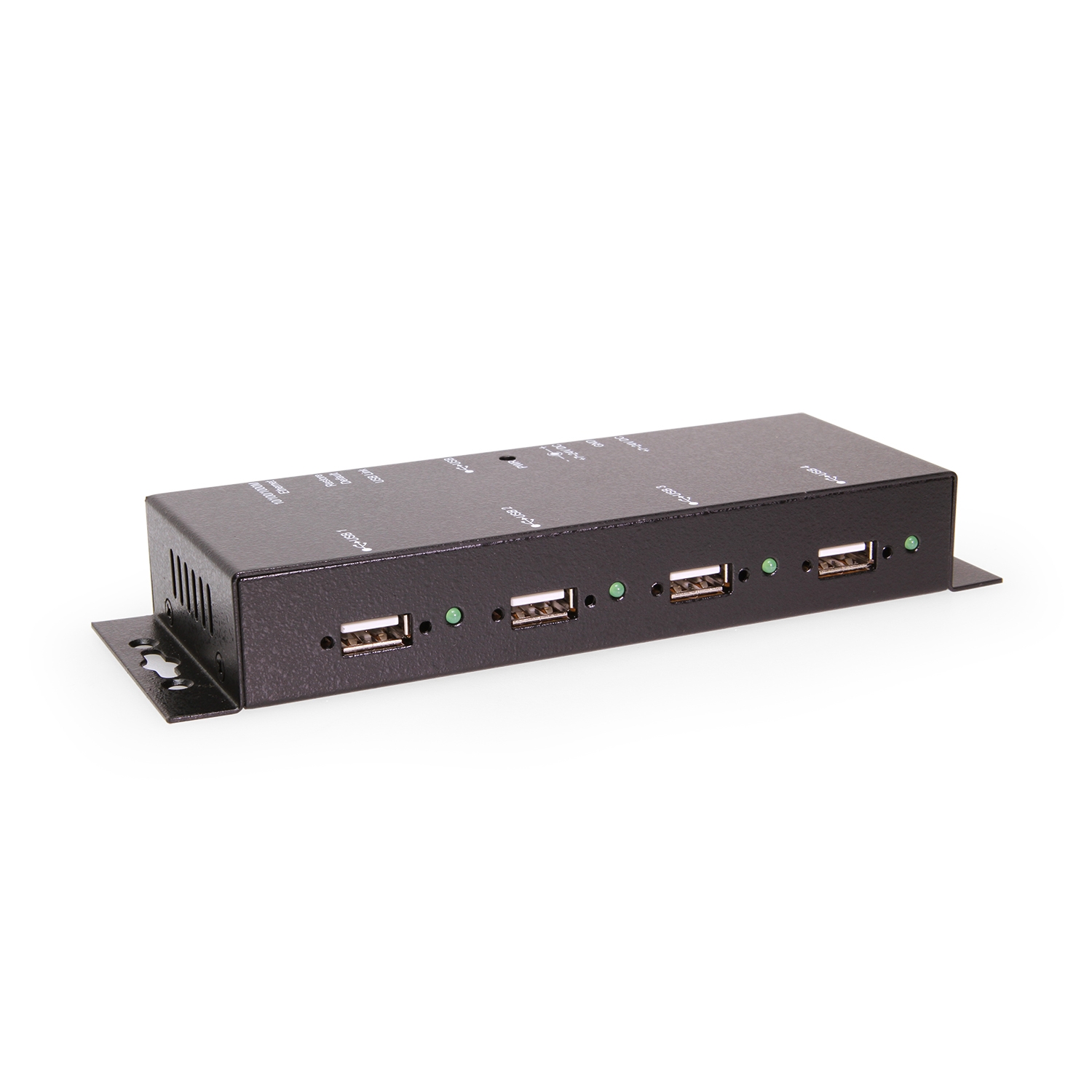
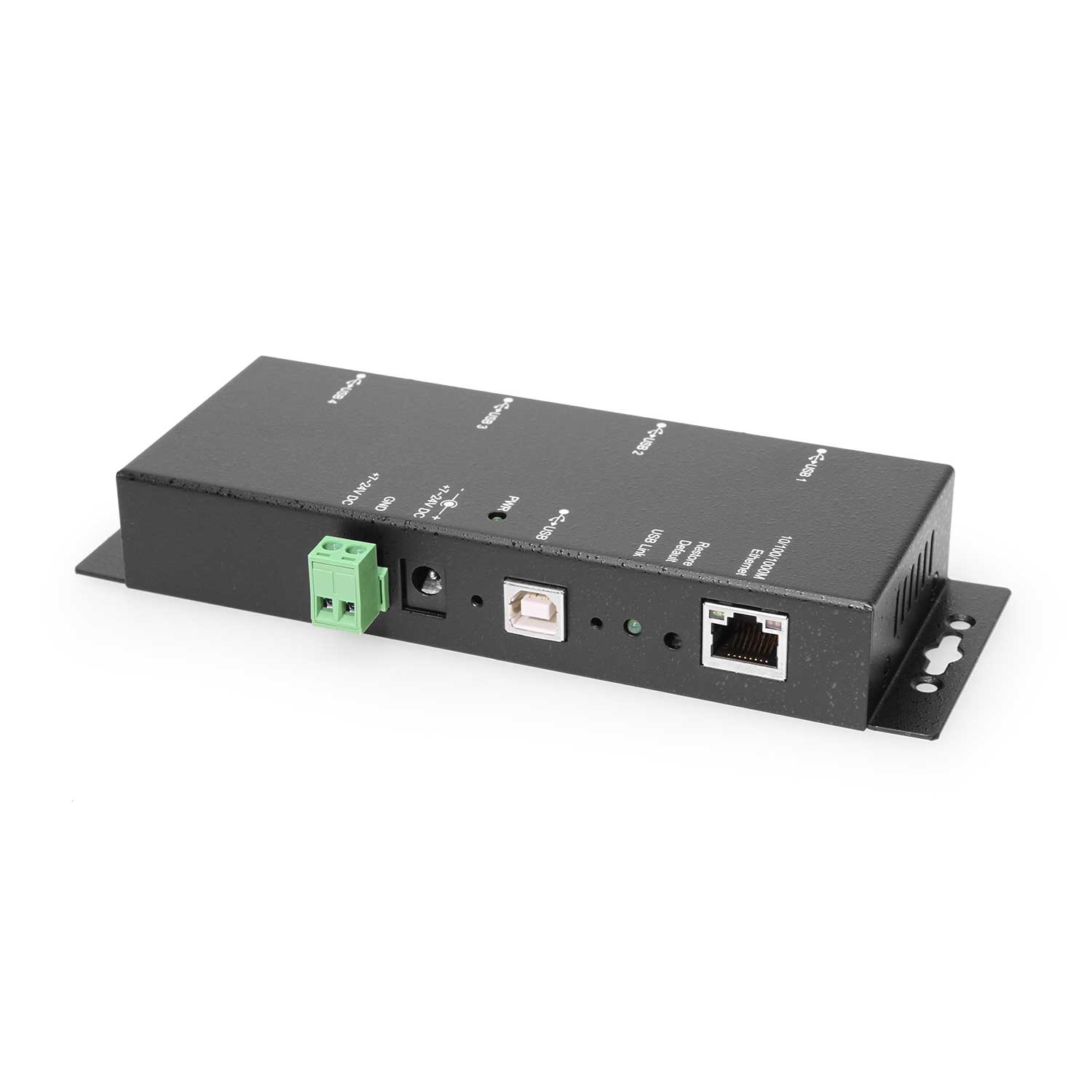
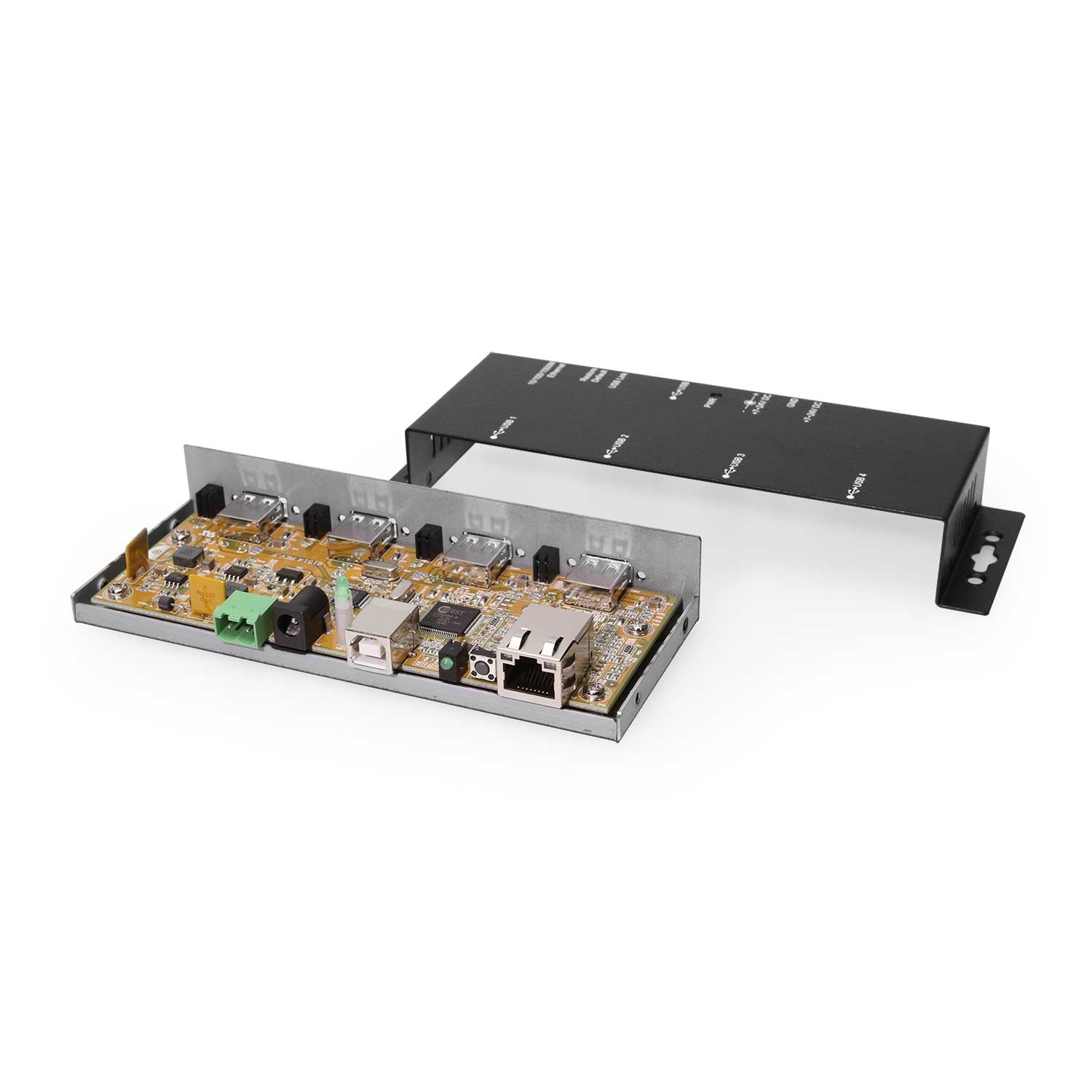
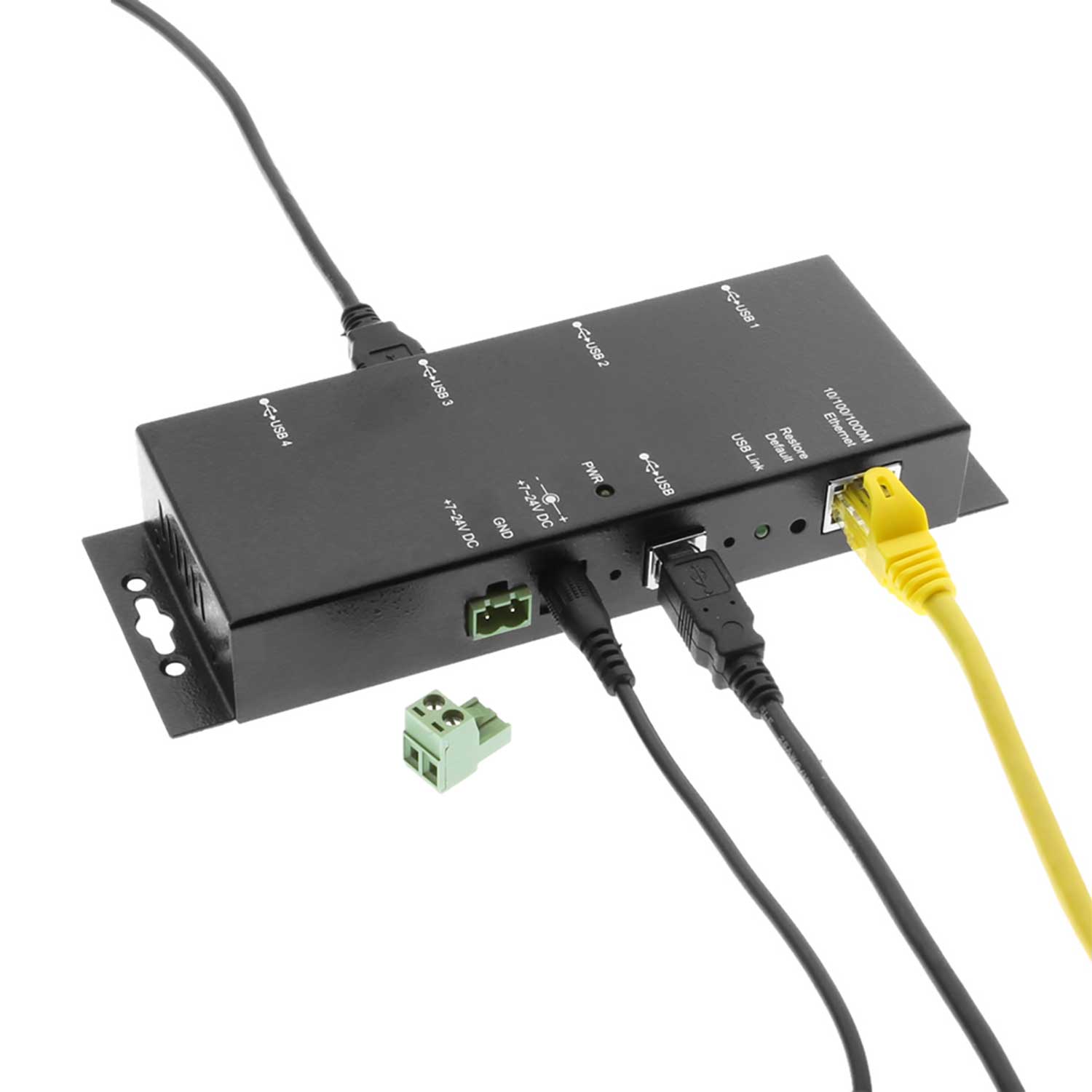
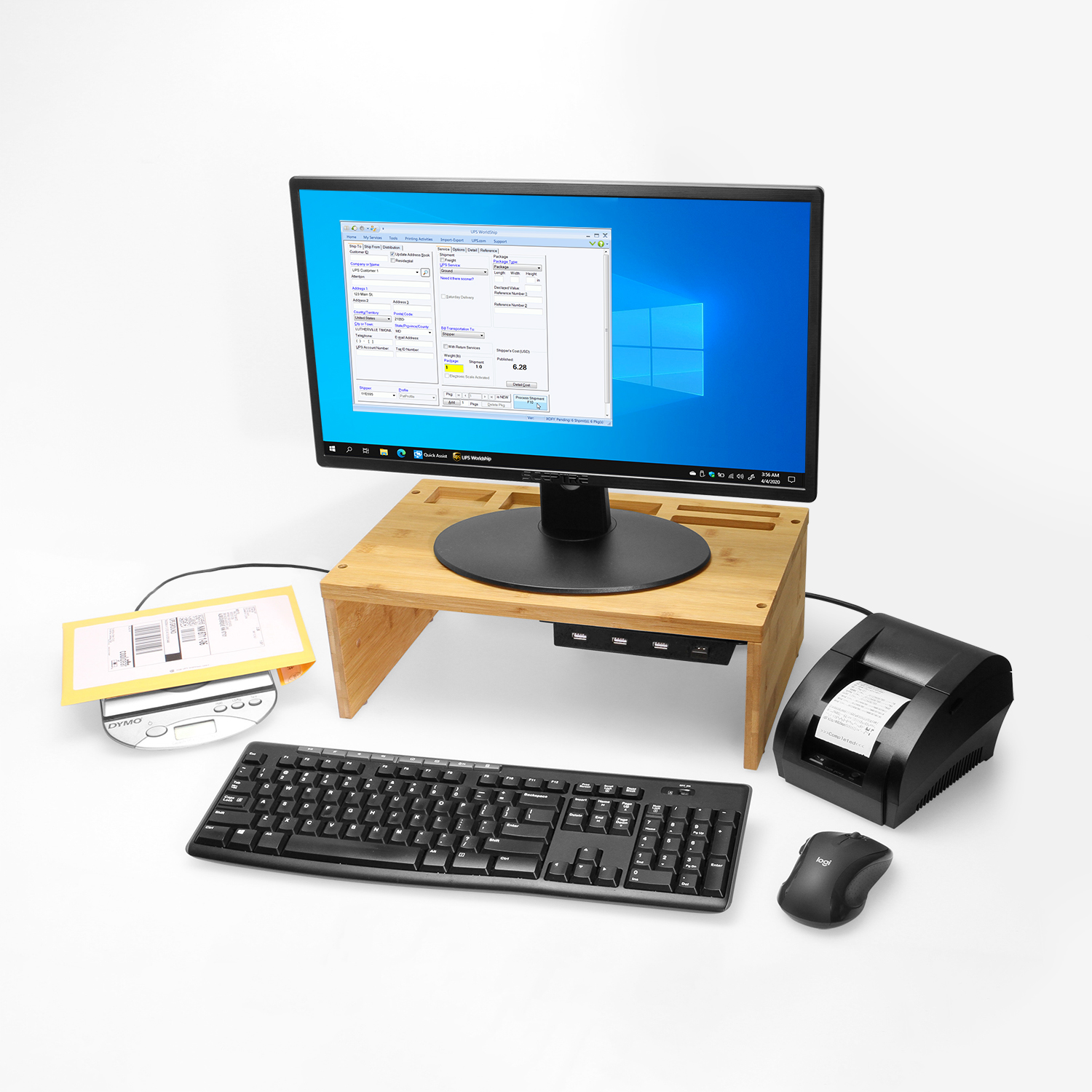
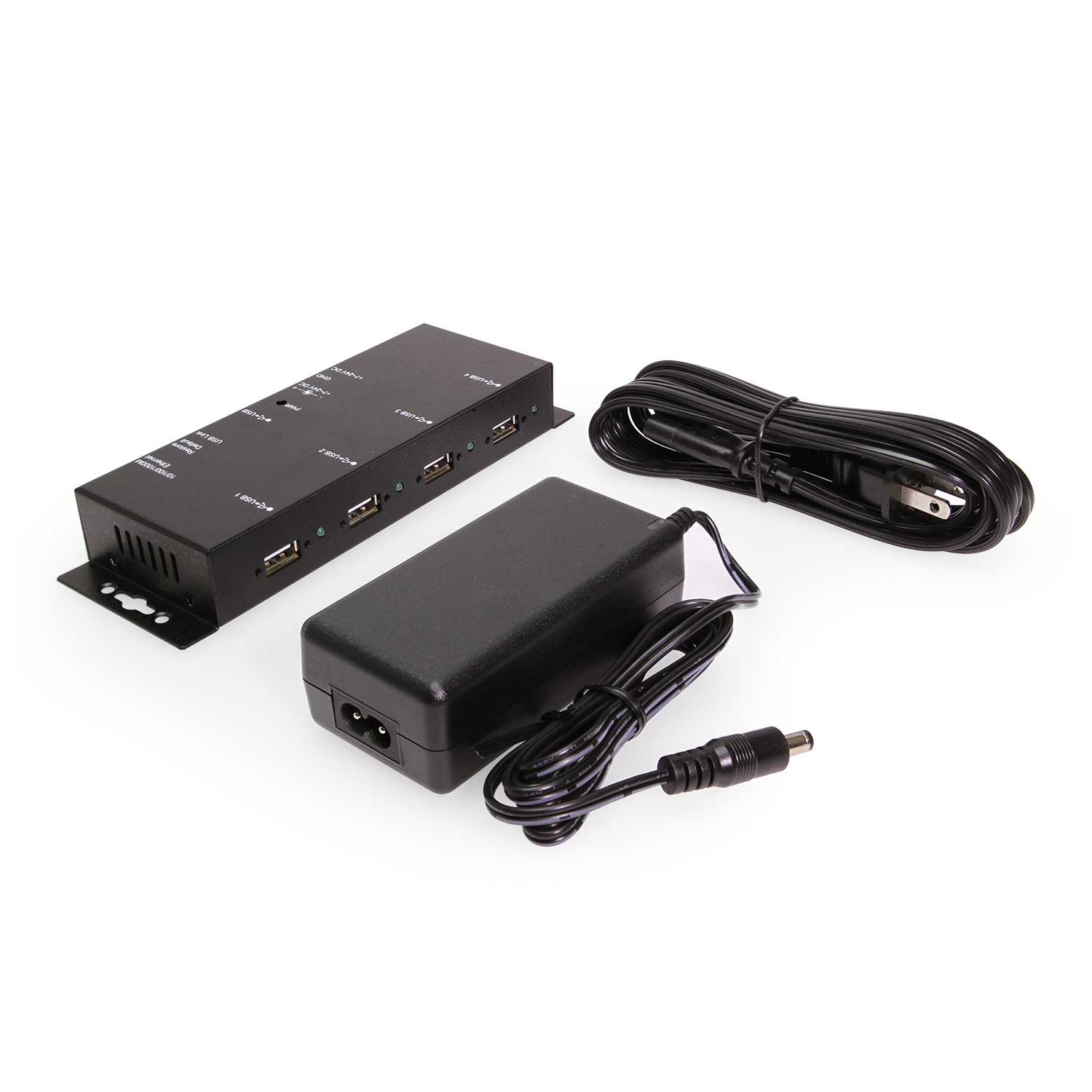
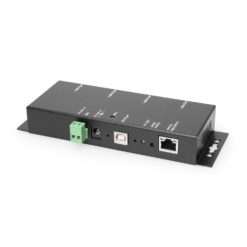
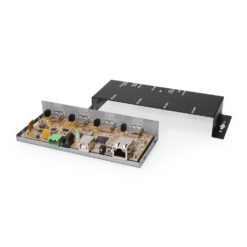
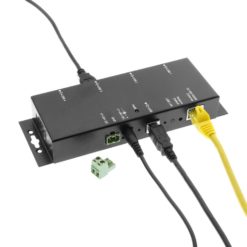
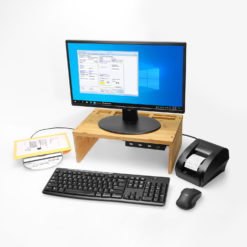
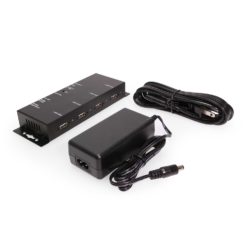
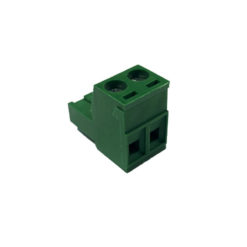
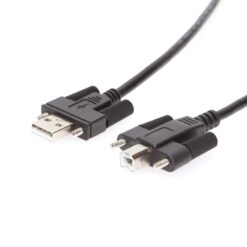
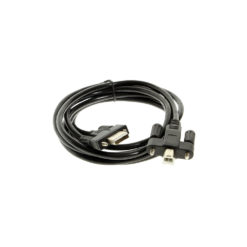
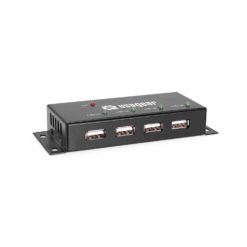
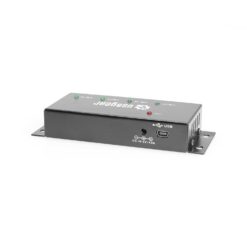
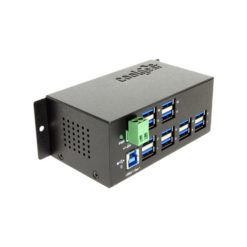
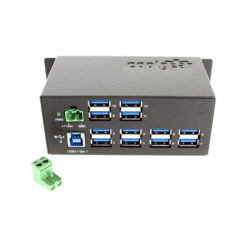
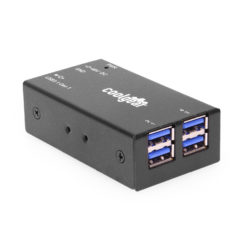
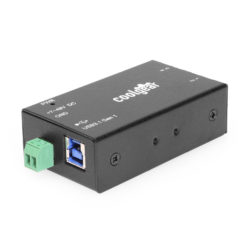
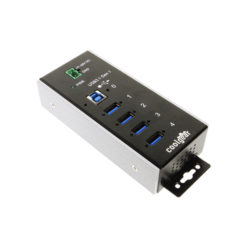
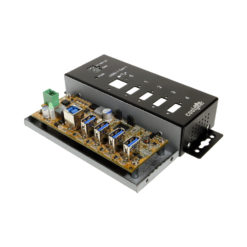
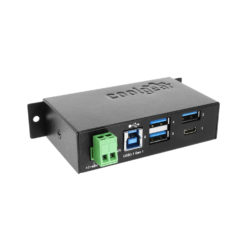
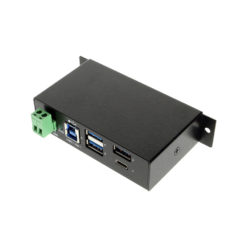
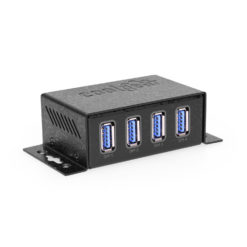
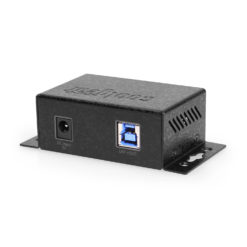
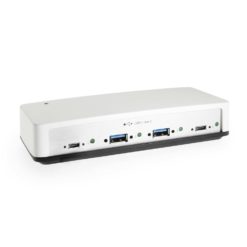
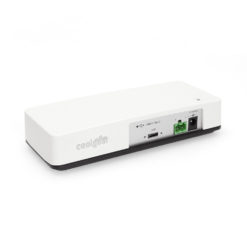
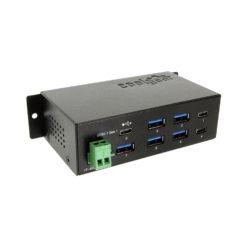
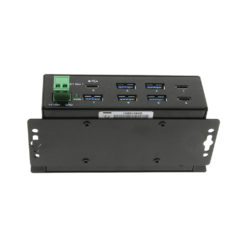
SSDguy –
Allows you to have USB support from your virtual machines (I run VMware ESXi Hypervisor), from anywhere in your home network.
So in other words, if your hypervisor machine is buried in your basement, you can have this unit up in your office, and have devices like scanners, printers, flash drives etc, plugged in at your desk and access your VM over remote desktop on your laptop to make it seem like that pc is right next to you.
killalot4000 –
First off, you need some networking experience to work with this device.
The device is pretty straight forward. I am using it for external hard drives to access them over the network from multiple computers. Also, you have to have the device in the same subnet to be able to use the server. Install the software was easy to do. The server tells you to use windows device removal feature and then stop the device. The device sometimes wants to crash for some reason sometimes. If you just stop all transfers on the device and use the servers manager program to remove the hard drives, it will just give a warning saying that could lead to data loss if transfers are currently active etc, and seems to work a lot better with the server.
Am able to get about 20-50 MBps transfer, which is typical for usb 2.0 speeds over the gigabit network that I have them on. Once I fill up the hard drive using esata which is faster, I just put the drives on the usb server and access them when need stuff off them, so speed is not really a priority.
Mounts devices to your computer as if they were plugged into your computers usb port. This device will work with printers and cd-rom which i have not tried, but have tried usb sticks which work fine. The true name of the hard drive does not show up in the manager, which can make for tricky guessing of which drive is which. The true name will show up once you mount the hard drive to your computer though.
You are able to set passwords for the usb servers, tell it to use dhcp due to the server itself needs a ip address to be able to share drives. You can manually assign ip addresses also if need to. There is idle timeouts also. I tried to put a usb hub into the server, it will detect it, but will not work with them for some reason. Not all devices are supported by the server. This covers the main things that I have looked over that I need to use.
May cost more and was hesitant at first as having never used a device like this before, but well worth the money. The device didn’t have no reviews either, which made left me hoping that wouldn’t be a disappointment. Will be ordering more of these devices.